Description
Technical Specifications
Createx Illustration Bloodline Flexible Adhesion Promoter (5092)
1. Composition:
- Made with a specialised resin system designed to bond to flexible, non-porous surfaces.
- Provides a smooth, consistent surface for paint application.
2. Surface Preparation:
- Clean the surface with a solvent like isopropyl alcohol to remove oils, dirt, and residues.
- Lightly scuff the surface with fine sandpaper (e.g., 800-grit) for better adhesion on hard plastics or metals.
3. Application Details:
- Tools: Use an airbrush (0.3 mm nozzle or larger), spray gun, or brush for application.
- Mixing: No thinning is generally required. However, you may reduce it slightly with Createx 4011 Reducer if needed for smoother spray performance.
- Air Pressure: Apply at 25–40 psi (airbrush or spray gun).
- Layering: Apply a thin, even coat and allow it to dry completely before adding subsequent paint layers.
4. Drying Time:
- Touch-Dry: Approximately 10–15 minutes at room temperature.
- Cure Time: Allow 24 hours for full curing to achieve maximum adhesion.
5. Compatibility:
- Works with all Createx paints, including Bloodline, Illustration Colours, and Wicked Colours.
- Also compatible with urethane and water-based topcoats.
6. Durability:
- Provides resistance against cracking and peeling, even on flexible substrates.
- Promotes long-lasting adhesion under varied environmental conditions, including heat, moisture, and physical stress.
7. Storage:
- Store in a cool, dry place.
- Keep the container tightly sealed to prevent contamination or evaporation.
Best Practices:
- Test on a small area before full application to ensure compatibility.
- Use in a well-ventilated area or under an extraction hood to avoid inhaling fumes.
- Clean tools immediately after use with water or an appropriate solvent to prevent clogging.
Substrate-Specific Advice & Troubleshooting Tips
1. Plastics (e.g., ABS, Polycarbonate, PVC):
- Preparation: Sand lightly with 800–1000 grit sandpaper to create a rough surface for better adhesion.
- Troubleshooting:
- If paint peels, ensure the plastic is thoroughly cleaned and scuffed.
- Use Createx 4011 Reducer to adjust the flow for smoother application if the promoter beads up on the surface.
2. Rubber and Flexible Vinyl:
- Preparation: Clean thoroughly with isopropyl alcohol. Avoid using strong solvents that may degrade rubber.
- Troubleshooting:
- For surfaces that remain oily (e.g., silicone rubber), adhesion might be poor. Perform a spot test or consider a different substrate.
- If cracking occurs, ensure thin, even coats of both adhesion promoter and paint.
3. Metals (e.g., Aluminium, Steel):
- Preparation: Degrease with a solvent cleaner, then lightly scuff or sandblast to remove any corrosion or shine.
- Troubleshooting:
- If paint lifts, verify the surface was completely dry after cleaning and before applying the promoter.
- Consider using a primer alongside the adhesion promoter for metals prone to oxidation.
4. Glass and Ceramics:
- Preparation: Clean thoroughly with glass cleaner or isopropyl alcohol. Avoid touching the surface with bare hands after cleaning.
- Troubleshooting:
- If the promoter streaks or pools, adjust application pressure or thin slightly with Createx 4011 Reducer.
5. Fabric and Textiles:
- Preparation: Not ideal for soft fabrics, but it can work on coated fabrics (like faux leather). Ensure the fabric is clean and dry.
- Troubleshooting:
- If the paint does not flex with the material, apply lighter coats of both promoter and paint.
General Troubleshooting Tips:
- Promoter Not Adhering:
Check for contaminants like oil or dust.
Avoid over-applying; a thin, even coat is sufficient. - Cracking or Peeling Paint:
Ensure the promoter is fully dry before adding paint.
Avoid heavy, wet coats of paint on top of the promoter—build layers gradually. - Uneven Application:
Use consistent air pressure (25–40 psi) and maintain the same distance from the surface.
Thin the promoter if it’s too thick for your equipment. - Beading on Surface:
Ensure the substrate is not water-repellent or excessively smooth; sand or scuff lightly for better grip.
Additional Recommendations:
- For high-wear projects (e.g., footwear, helmets), apply a durable clear coat over the final paint job to protect against abrasion.
- Use a heat gun or low-temperature oven curing (if the substrate allows) to speed up curing and improve adhesion.

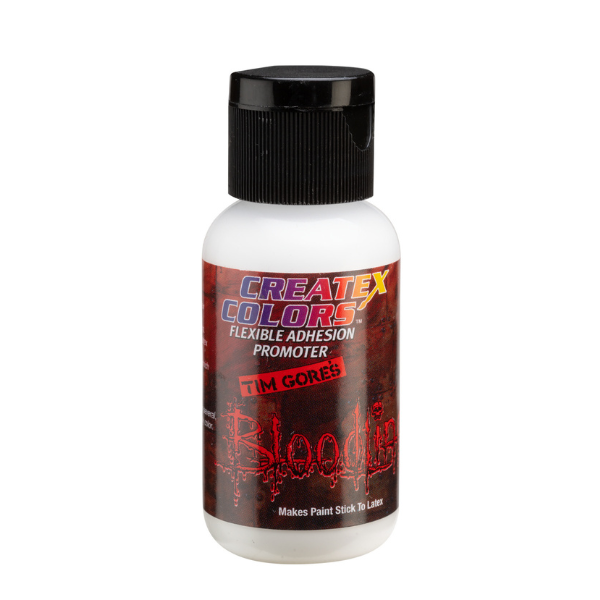
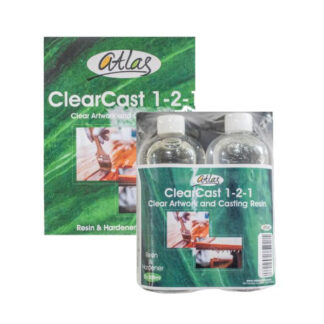

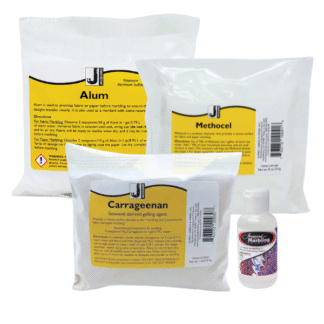


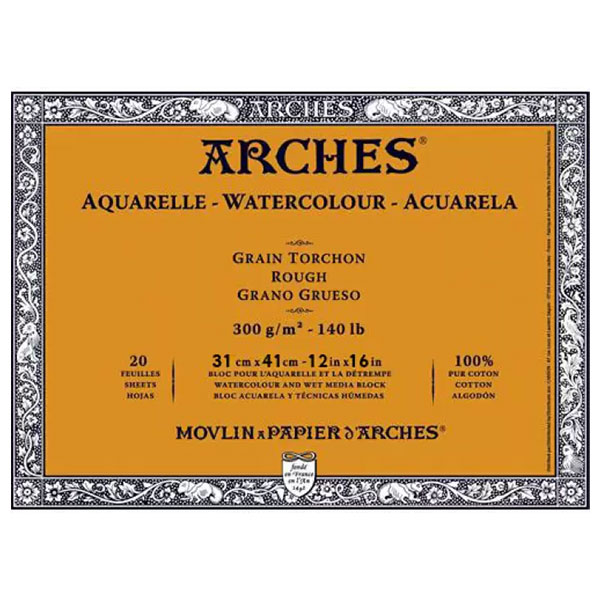
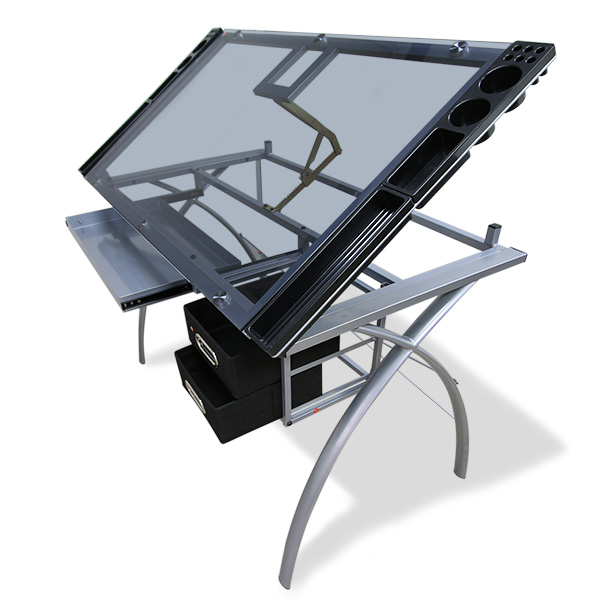
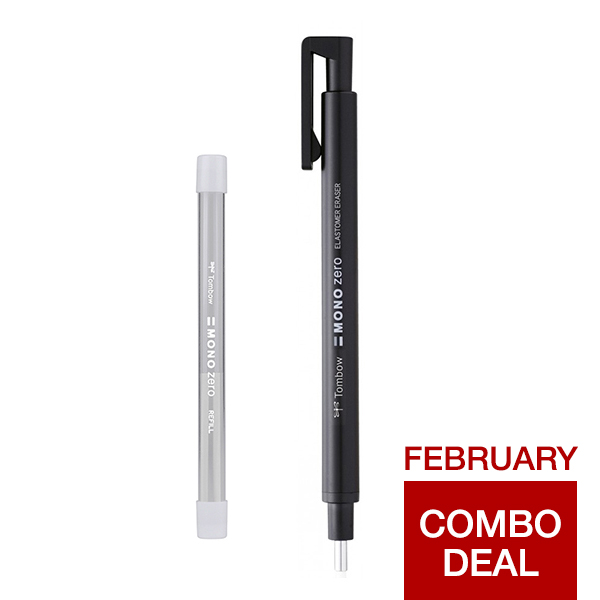
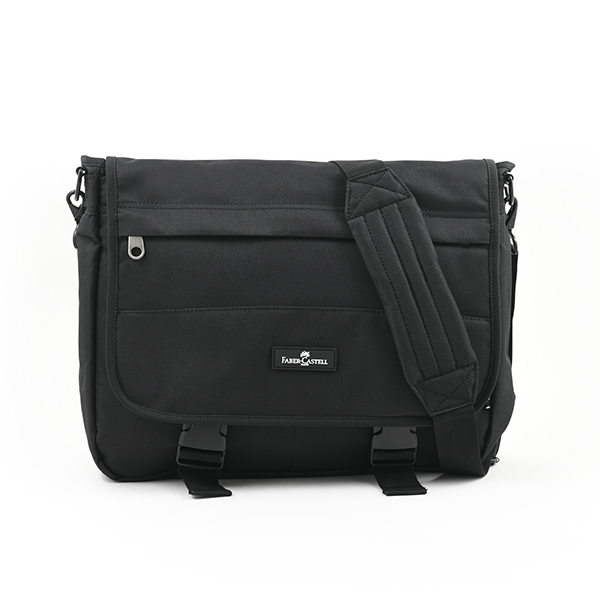
Reviews
There are no reviews yet.